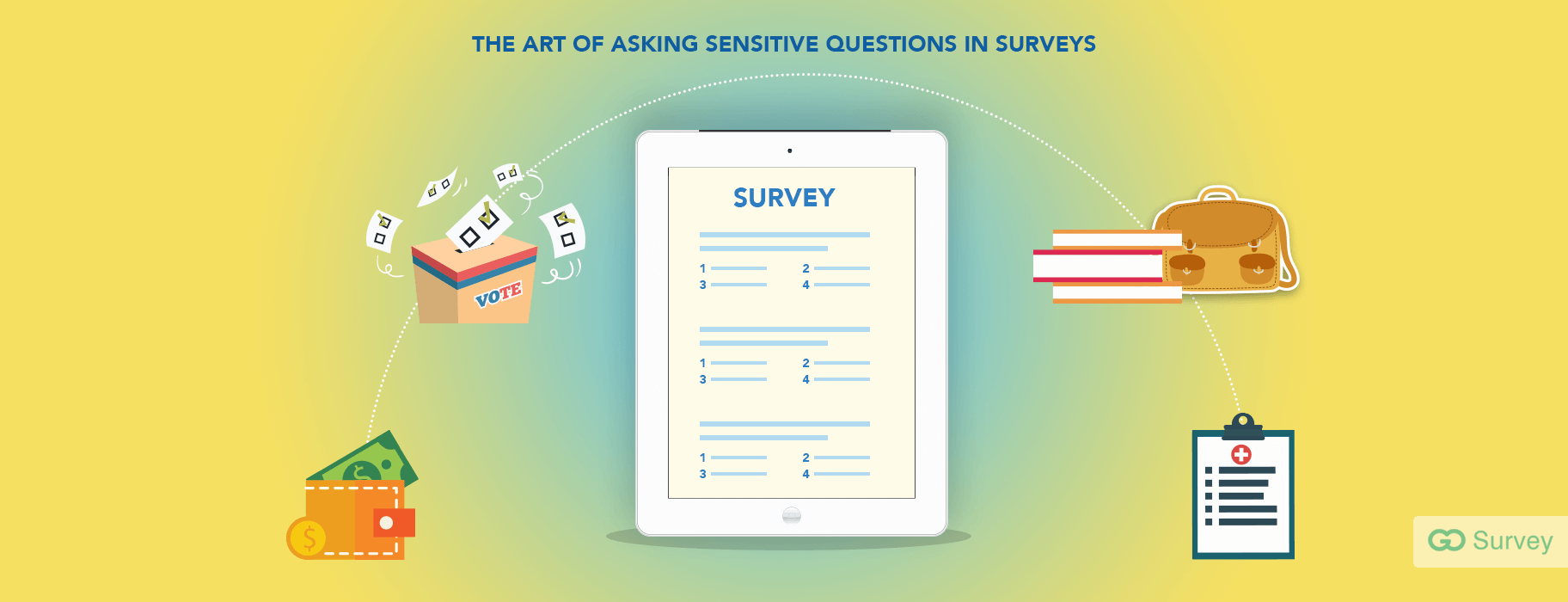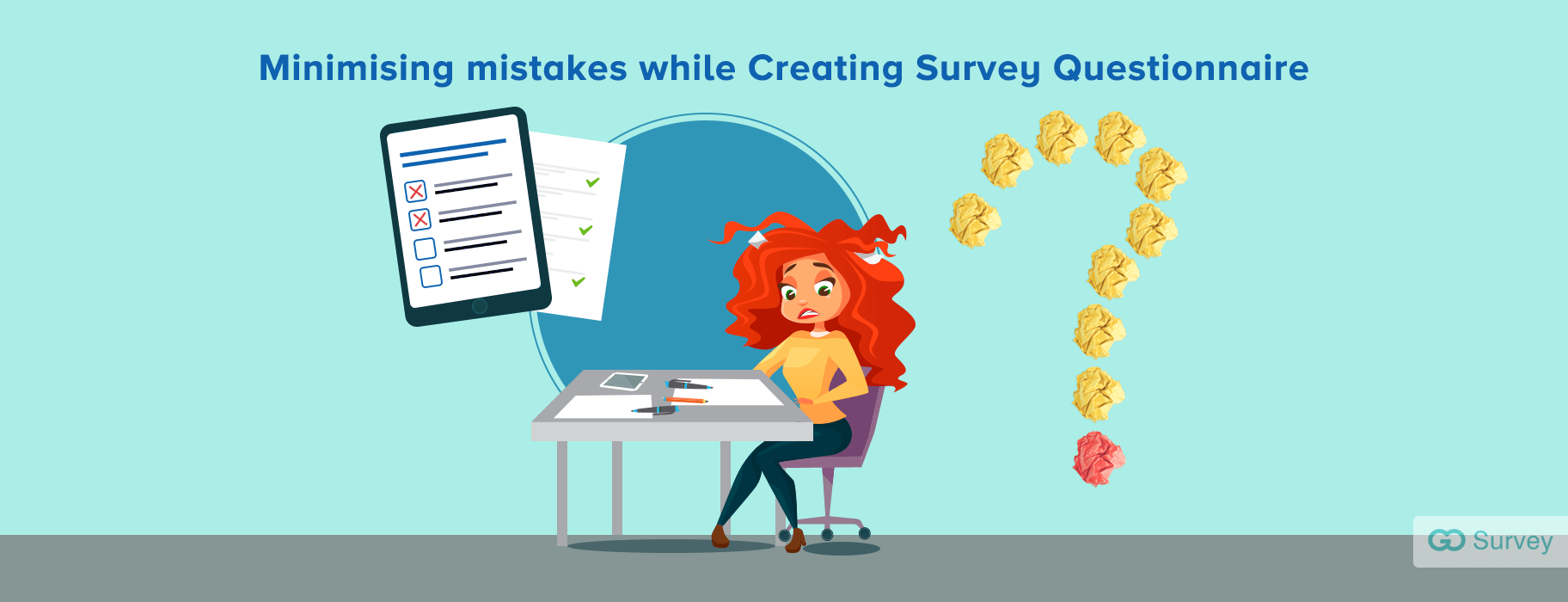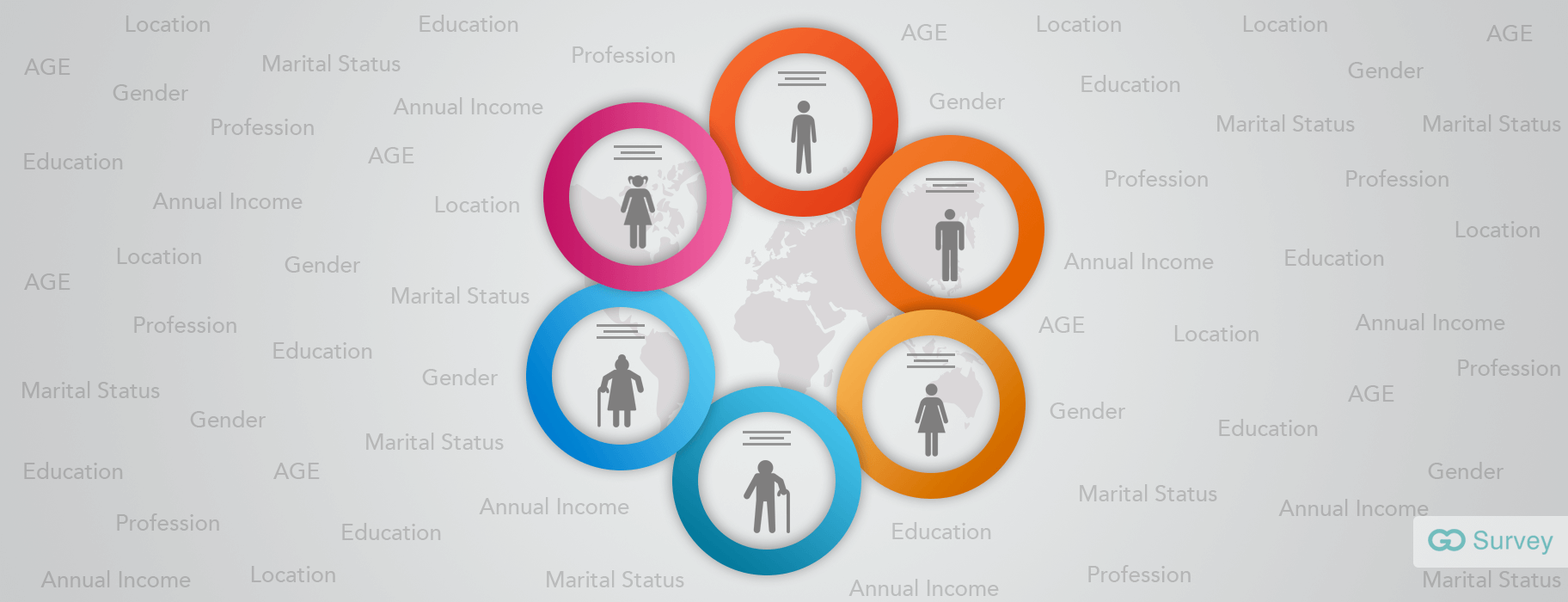Surveys are no longer associated to being a "PhD student specialty" only. In today's day-and-age, everyone wants to understand human behaviour, and by extension, needs to create impactful surveys to help decipher the same.
But there's a world of difference between "generic" surveys and "expert" surveys - the prime differentiator being the choice of using "Open-Ended" and "Closed-Ended" questions.
So let's jump right in to understand what it means and when should you employ open-ended and closed-ended questions for a survey that's well-conceived and of course, well-executed.
Open-Ended vs Closed-Ended Questions: What It Means
Open-ended questions are explanatory in nature and allow the respondent to provide free-form answers, often not restricted to a word or two. Basically, they allow them to air their opinions and comments in the form of sentences, lists, and stories. Additionally, they don't come with a predefined list of answers for the respondents to choose from.
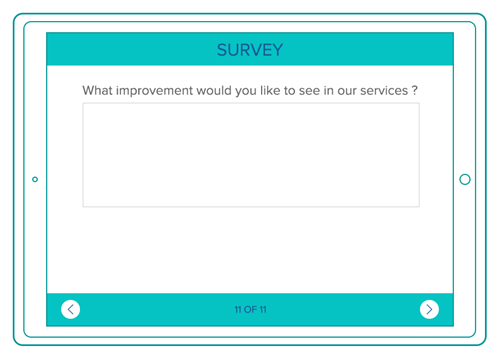
Closed-ended questions on the other end of the spectrum capture explicit facts from a respondent and generally have a limited set of possible answers which the respondents have to choose from - such as "Yes," "No," etc. Also, closed-ended questions come in a variety of forms, such as multiple choice, drop down, check box, rank-based, among others.
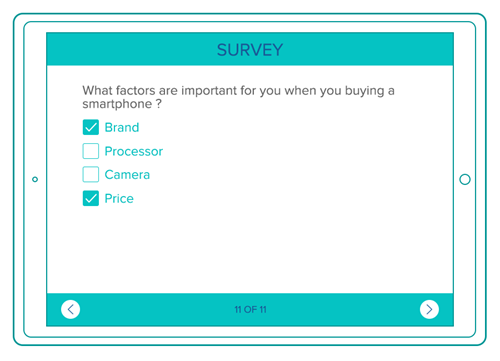
Advantages & Disadvantages of Open-Ended Questions
Advantages
- Exploratory in nature - opportunity to dive into the respondent's fears, beliefs, values, motivation, etc.
- Provides rich, qualitative data
- Provides original, authentic responses as it doesn't force answers on the respondent
- Offers respondents greater flexibility and freedom to answer
- Useful for gaining insights into the respondent's opinions
Disadvantages
- Difficult to measure or quantify data statistically
- Often leads to inconclusive analysis due to varied answers in length and form
- Time and labour-intensive in terms of extracting trends and patterns
Advantages & Disadvantages of Closed-Ended Questions
Advantages:
- Conclusive in nature
- Provides quantifiable, actionable data that can be measured statistically
- Useful for categorising respondents based on the answers provided
- Easily to analyse and compare answers as the data can be assigned numbers and values
Disadvantages:
- Researcher needs to have a good understanding of the target audience and their perceived choices in order to get a uniform analysis
- Answers should tie back to the overall research problem and the purpose of the survey, and is often difficult to achieve
- Probing into the answers may get difficult leading to superficial responses
Open-Ended vs Closed-Ended Questions: Where To Use Them
Open-ended questions are primarily used in (but not limited to):
1. Screening Questionnaires, Customer Feedback, & Personality-Based Research
Useful for understanding user behaviour and gather valuable customer feedback (could be for a variety of issues like understanding online grocery shopping patterns, preference for product X as opposed to Y, to name a few.)
2. Expert Interviews
Since critical thinking is a prerequisite for open-ended surveys, specialists in a particular field are naturally considered as "qualified" respondents to take part in such surveys and provide productive answers.
For example, let's say that the purpose of a survey is to understand the science behind nutrition. An open-ended survey should be created directed at qualified nutritionists encouraging them to showcase their knowledge and provide in-depth, and relevant answers.
3. Small Field Studies or One-on-One Usability Testing
The primary objective in smaller research studies is to get rich, insightful answers rather than obtain statistical analysis. This is possible when the target audience is small and can be interviewed in a more in-depth fashion.
This enables them to provide broader, more open-ended answers like the ones obtained from open-ended surveys. For example, a teacher conducting a survey in class to understand how to make his/her teaching more interesting.
Closed-ended questions are useful for:
1. Mass Surveys
There are greater chances to get higher response rates as the surveys are generally to-the-point and not time-intensive. Here, extracting statistical data is most important. For example, determining the population growth in a city across a certain amount of time or capturing leads in trade shows.
2. Quantitative User Research & Demographic Studies
The answers aim to undermine error rates and aspire to extract information related to specific parameters such as age, gender, marital status, income, etc. It is worth mentioning here that GoSurvey comes with "Analytics and Reports" feature that helps export the data and view trends in real-time in a variety of formats such as charts and tables.
3. Preliminary Research
It is useful in the initial stages of a research where the objective is to find more about the target audience. Open-ended surveys can be considered in the secondary stage where the purpose is to have answers to "Why"-type questions based on the information extracted in the closed-ended survey.
"Closing" In: Final Thoughts
Conducting surveys - be it open-ended or closed-ended are always easier if you can do it at the palm of your hands. This is where the GoSurvey's feedback collection app can help. From the Hotel & Restaurants and Entertainment industry to the Healthcare and Retail sector extending into market research and trade shows, every aspect of a business can make use of this app to drive better performance and sales. With the help of GoSurvey's unique features and with 30+ question types readily available, you can easily customise your survey to suit your objectives.





